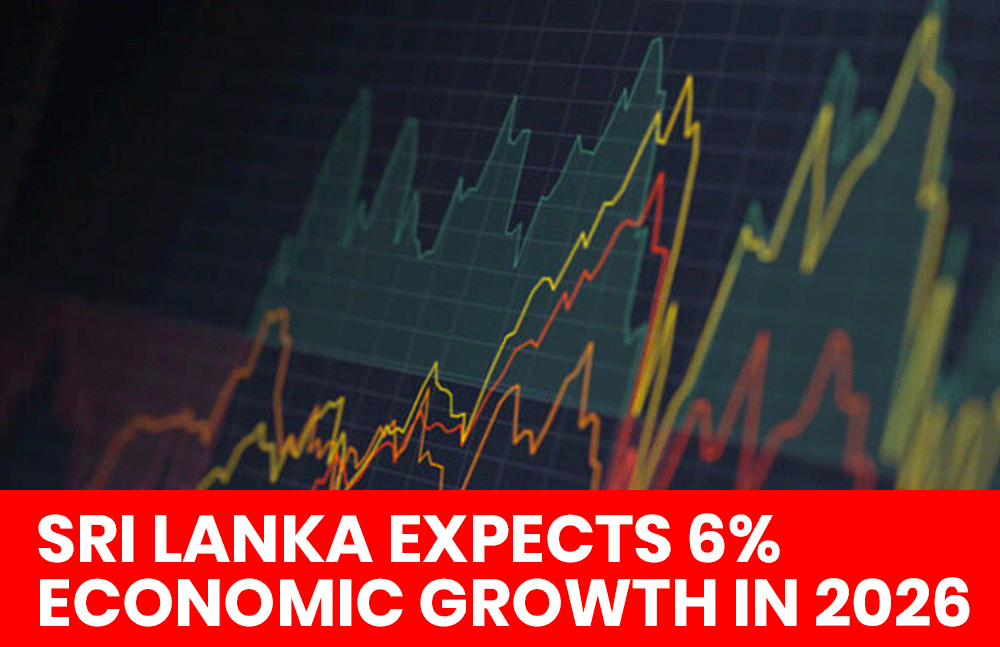Sri Lanka Targets 6% Economic Growth by 2026 with Record Capital Spending
Sri Lanka is aiming to accelerate its economic growth to as high as 6% in 2026, supported by record government capital expenditure and rising foreign investments, Deputy Minister of Economic Development Anil Jayantha Fernando said.

The minister urged both citizens and investors to remain “hopeful” as the country continues to recover from the 2022 economic crisis, the worst since independence. Sri Lanka’s economy grew 5% in 2024 but is expected to slow to between 4% and 4.5% this year due to delays in passing the national budget, which slowed government spending.
Fernando said the government plans to increase capital expenditure by 8% in 2026, reaching a record Rs. 1.4 trillion (US$4.64 billion). “Next year, we will aim for 5% to 6% growth, and in the long term, around 6% to 7%, which is what emerging economies maintain,” he said.
The International Monetary Fund (IMF), which supported Sri Lanka with a bailout in March 2023, forecasts GDP growth of 3.3% for this year and 5.2% in 2026. Official data showed a 4.9% year-on-year growth in the second quarter of 2025.
Budget delays have affected 2025’s performance, as only a fifth of the allocated Rs. 1.315 trillion had been spent by July. However, Fernando said spending will return to normal once the government resumes its usual budget cycle this November and December.
Looking ahead, the minister revealed plans to more than double foreign direct investment (FDI) to over US$2 billion in 2026, driven by projects with China, India, and the UAE. He stressed that Sri Lanka is prioritizing strategic foreign loans tied to large-scale projects and technology transfer, instead of market-based borrowing.
Sri Lanka is also working within the IMF framework to reduce debt to 95% of GDP by 2032, with a further goal of 80–85% to ensure borrowing space. This year’s target is 109.6%.
Fernando added that the government will focus on critical investments while boosting reserves through export diversification, tourism, and remittances. Worker remittances have already crossed US$5.2 billion in the first eight months of 2025 and are expected to reach a record US$8 billion by year’s end, surpassing the previous high of US$7.24 billion in 2016.






